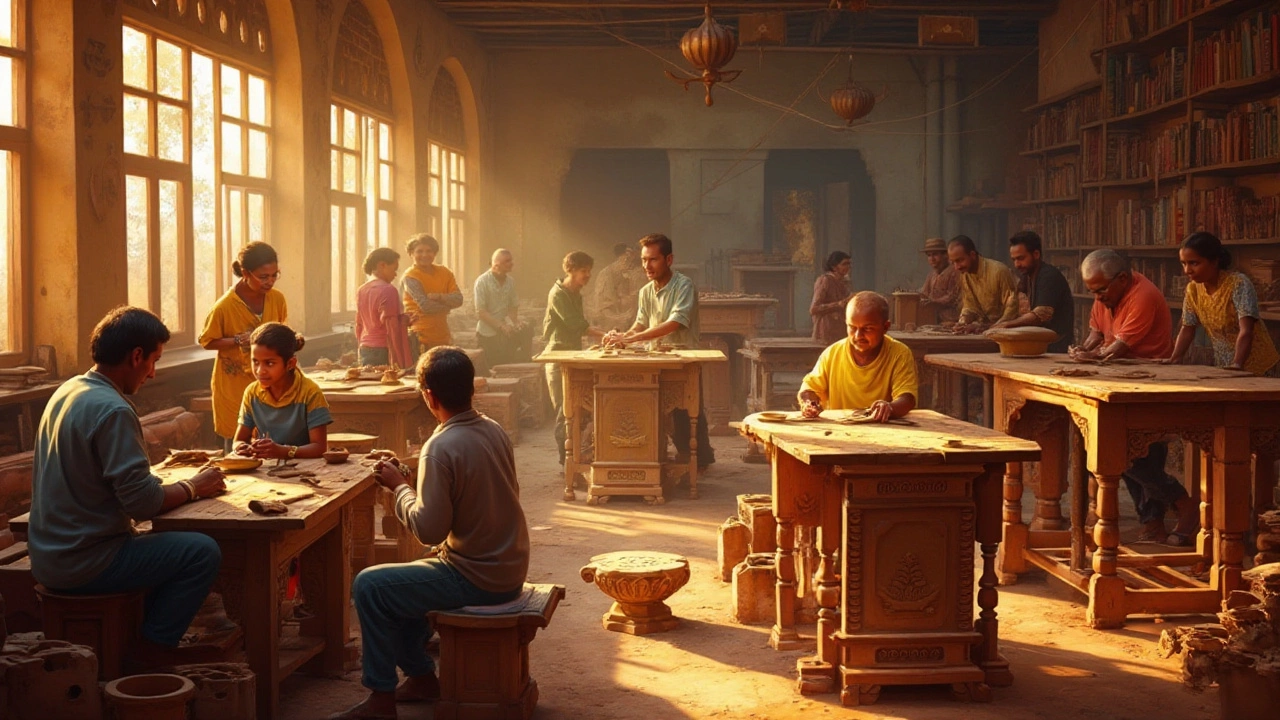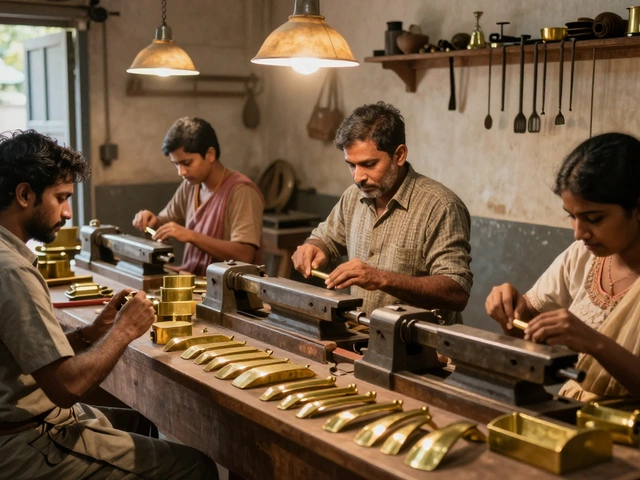Global Leader in Manufacturing – How the Best Companies Win
When you hear the phrase “global leader,” you probably picture a huge plant, cutting‑edge tech, and products that reach every corner of the world. But it’s more than size. A real leader balances speed, quality, sustainability, and the ability to adapt fast. In this guide we break down the exact factors that push a manufacturer into the global spotlight.
Scale Meets Smart Production
Size still matters. Companies that can churn out millions of units a year enjoy lower per‑unit costs and can meet sudden spikes in demand. Think of the biggest pharma hubs in India – places like Baddi, Hyderabad, and Gujarat. They have massive capacity, but they also use advanced process control to keep waste low and consistency high. That mix of volume and precision is a hallmark of a global leader.
However, scale alone won’t cut it. The smartest factories pair large output with flexible lines. Robots that can switch tasks in minutes, data‑driven scheduling, and real‑time quality checks let them respond to market changes without missing a beat. If you’re starting out, focus on modular equipment that can grow with you instead of buying a monolithic line that becomes obsolete.
Innovation and Sustainable Practices
Innovation isn’t just about flashy gadgets; it’s about solving real problems. The biggest synthetic textile manufacturers in India, for example, are investing in recycled fibers and low‑water dyeing processes. That not only slashes costs but also opens doors to eco‑conscious buyers abroad. A global leader constantly asks, “How can we do this better, cheaper, greener?”
Look at furniture makers in India gearing up for 2025. They’re using CNC machines that cut waste by 30 % and integrating IoT sensors to track energy use. Those steps turn a regular factory into a future‑ready operation that can compete with European brands on price and sustainability.
Finally, a true leader knows its market inside out. The three pillars of manufacturing – production, quality, efficiency – are reinforced by strong customer feedback loops. Companies that listen to importers, retailers, and end users can tweak designs fast, keeping product relevance high.
If you want to benchmark your business, start with these questions: Do you have the capacity to meet a 20 % demand surge? Are you using data to cut downtime? Can you sell a product that’s both cost‑effective and environmentally friendly? Answering yes to most will put you on the path to becoming a global leader.
Remember, the journey isn’t a sprint. It’s about layering improvements – first secure scale, then add smart tech, then embed sustainability. Follow the pattern, and your company will move from being a local player to a name that shows up in world‑wide supply chains.
The World's Leading Furniture Producer: Spotlight on India
Explore the journey of India as it become the largest producer of furniture worldwide. This article delves into the factors that have contributed to India's rise, from its rich resources to skilled labor. Discover the unique strategies employed by Indian manufacturers, ranging from traditional craftsmanship to sustainable practices. Understand the challenges faced by the industry and how it plans to maintain its leading position in the global market.
Read More




